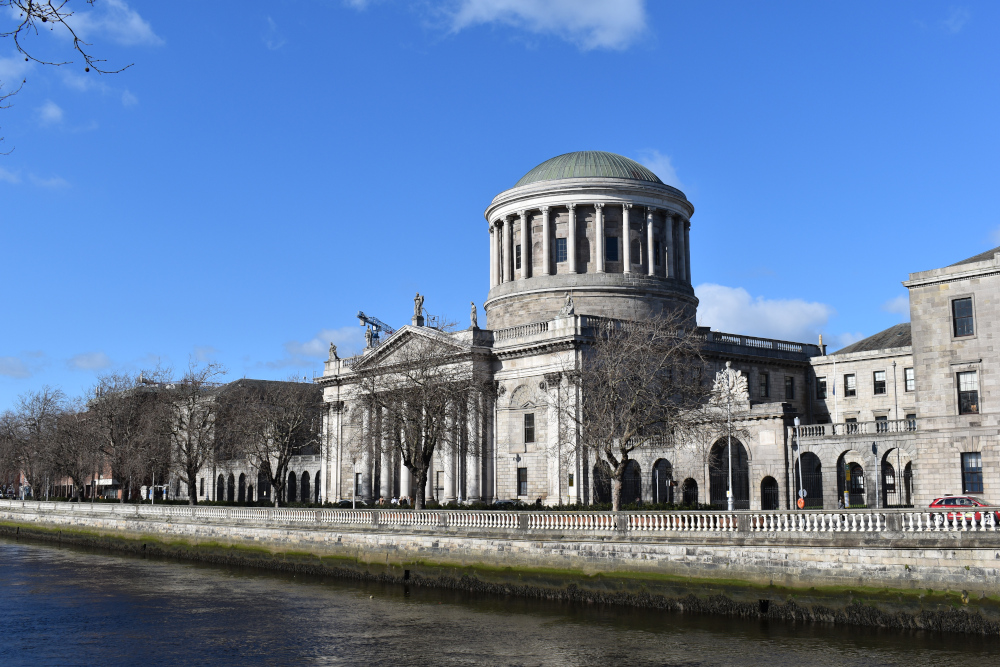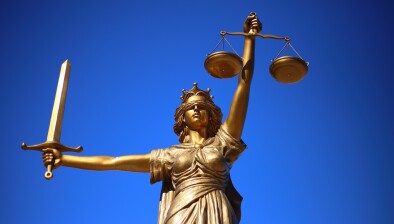High Court: Verdict of unlawful killing will be open to jury in Stardust inquest

The High Court has ruled that the verdict of unlawful killing will be open to the jury in the Stardust inquest following a challenge from the former manager of the nightclub.

About this case:
- Citation:[2022] IEHC 598
- Judgment:
- Court:High Court
- Judge:Mr Justice Charles Meenan
It was claimed that the Coroner could not consider issues of criminal or civil liability in an inquest and that a verdict of unlawful killing was precluded irrespective of the evidence adduced at the inquest.
Delivering judgment in the case, Mr Justice Charles Meenan held that a verdict of unlawful killing was permitted under the Coroners Acts 1962-2020 where no person was identified or identifiable by the Coroner as culpable for the deaths.
Since no evidence had yet been given at the inquest, it was a matter for the Coroner to consider the evidence and direct the jury on available verdicts, the court said.
Background
In February 1981, a fire occurred in the Stardust nightclub which resulted in the deaths of 48 people, mostly aged between 18 and 25. Following the tragedy, the government established a public inquiry into the circumstances of the fire (the Keane Tribunal) which ultimately concluded that the fire was caused deliberately.
However, in 2008, the Government commissioned an examination of the Keane Report. Mr Paul Coffey SC (at that time) concluded that the finding that the fire had been started deliberately was not objectively justifiable on the evidence, but also stated that it was not possible to establish the cause of the fire.
In December 2019, the Attorney General acceded to an application by the families for fresh inquests into the circumstances of their relatives’ deaths. There were significant challenges for the Coroner in conducting inquests into deaths which occurred 41 years previously and, as such, she held several preliminary hearings to determine how matters would proceed.
In a provisional ruling on the scope of the inquests, the Coroner identified that Mr Eamonn Butterly, the former manager of Stardust, would play a central role in the hearings. In a further preliminary hearing, Mr Butterly submitted that a verdict of unlawful killing should not be left open to the jury.
In February 2022, the Coroner refused to rule out a verdict of unlawful killing on the grounds that this would “invert the normal inquest process” of the investigation.
Subsequently, Mr Butterly issued judicial review proceedings which primarily sought to prohibit the consideration of a verdict of unlawful killing at the inquests. The applicant pointed out that the Coroner was precluded from considering or investigating questions of civil or criminal liability at an inquest under section 30 of the Coroners Acts. Further, section 31 stated that neither a verdict nor any findings of fact could contain a censure or exoneration of any person.
In leaving the verdict of unlawful killing open to the jury, Mr Butterly submitted that he would be identified as responsible for the unlawful killings contrary to the Acts.
High Court
Mr Justice Meenan began by outlining the relevant statute and case law on the conduct of inquests. It was noted that verdicts must be factual and express no judgment or opinion (Eastern Health Board v. Farrell [2001] 4 I.R. 627). A person represented at an inquest was entitled to appropriate fair procedures but their overriding contribution was to assist the inquiry on establishing facts (Ramseyer v. Mahon [2006] 1 I.R. 216.
The Coroner had a “relatively wide jurisdiction” to investigate the death of a person and the next of kin have an entitlement to pursue legitimate lines of inquiry into the deaths (Lawlor v. Geraghty [2011] 4 I.R. 486).
Arising from these cases, the court held that an inquest was an inquisitorial hearing distinct from civil or criminal proceedings. Further, the provisions of sections 30 and 31 of the Acts should not be interpreted in a way to restrict the fact-finding function of an inquest.
The court was satisfied that a jury could consider a verdict of unlawful killing, but the verdict was only available “in circumstances where no person(s) is identified or identifiable”.
The court observed that the Stardust inquests would consider the design, condition and management of the Stardust building. It was stated that a verdict of unlawful killing could become “problematic given the limited circumstances in which such a verdict can be brought in”.
However, the court emphasised that these were only observations because no evidence had yet been given to the inquests. It was a matter for the Coroner to consider the evidence at the inquests and make a determination.
Conclusion
The court was satisfied that the Coroner’s decision was correct in law and that it was not yet appropriate to challenge the potential for a verdict of unlawful killing. In a separate judgment, Mr Justice Meenan also rejected a claim by Mr Butterly that he was entitled to legal aid while participating in the inquests.
Butterly v. Cullinane and Ors. [2022] IEHC 598












